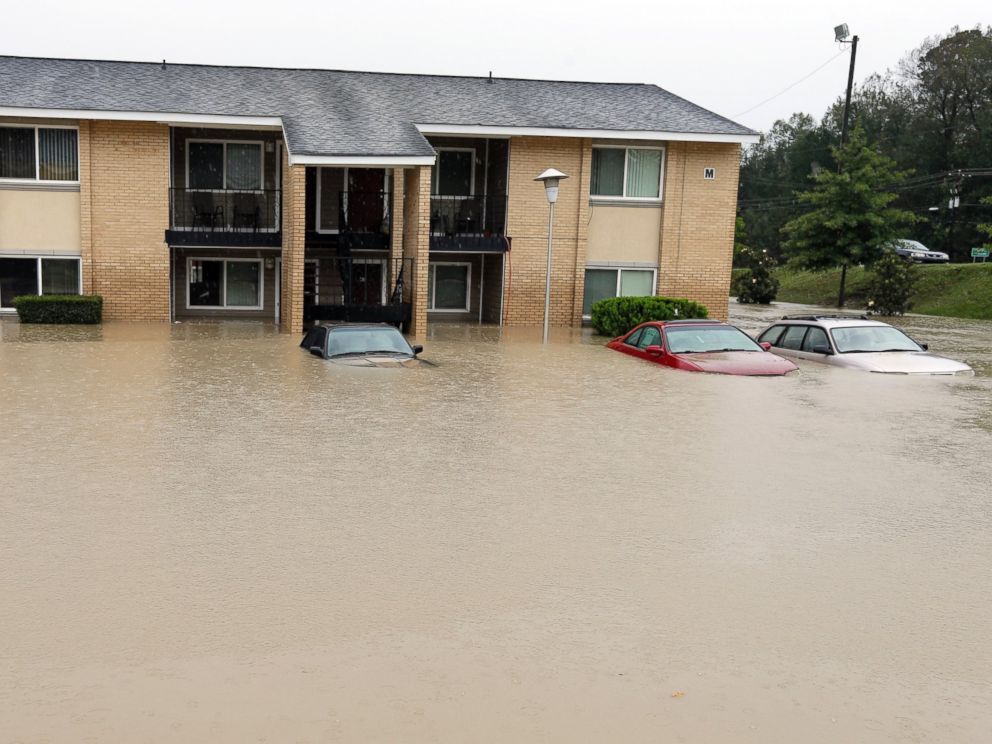
04 Mar How to Save on Flood Insurance – CREPN #35
Posted at 02:42h
in Podcast
If you are currently required to purchase Flood insurance, the following is a must listen & read to learn how to save on Flood Insurance. [x_audio_embed][/x_audio_embed]
Flood is excluded from any standard property insurance policy.
Since 1968, Flood Insurance has been made available through the National Flood Insurance Program, for communities agreeing to participate in the NFIP. Flood Insurance is a requirement of any mortgage against a property located in the 100 year Floodplain if the property has a finished first floor is below the base floodplain elevation. Flood Insurance Rate Maps, FIRM, provide determination of the Flood Risk through a series of zones. All zones starting with “A” or “V” are considered the highest risk. The Flood Insurance Reform Act of 2012 required that the Flood Maps be updated in an effort to address areas of repeated flooding, and provide an accurate assessment of the risk and the premium needed to make actuarially certain that premiums were adequate for the risk. The Flood Map updating uses LIDAR technology which is accurate within inches compared to the old system accurate within feet. This new information has placed many properties that were previously above the base floodplain elevation are now under the base floodplain. The change in elevation is resulting in significant increases is Flood Insurance cost to the property owner. Per Steve Gill, owner of Flood Risk America, as many as 50% of the maps inspected by Flood Risk America are inaccurate regarding the building’s first finished floor elevation at the address. These inaccuracies can be challenged by the property owner with a Letter of Map Amendment (LOMA) from:- Surveyor proving an Elevation Certificate that the first floor elevation is above the base floodplain
- Hire Flood Risk America to challenge the Flood Maps

